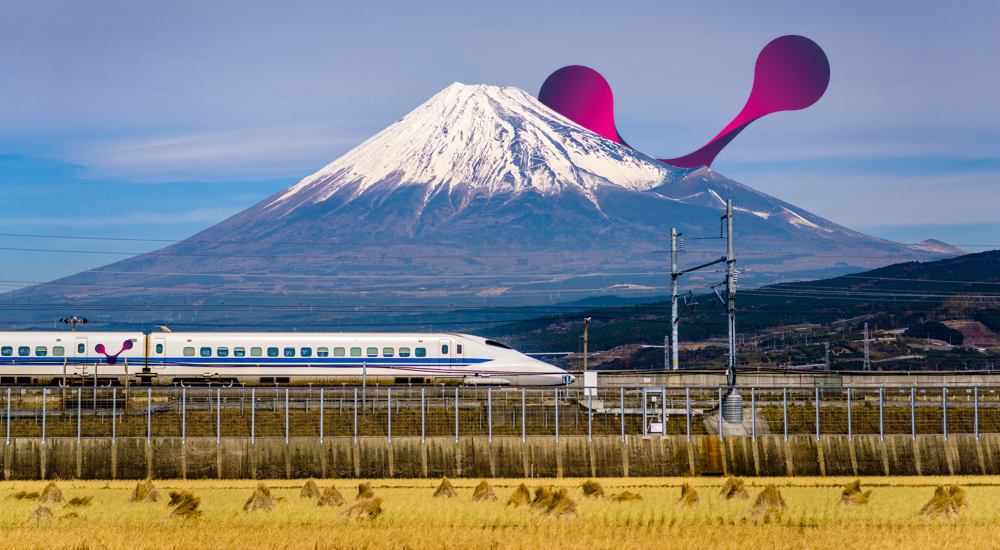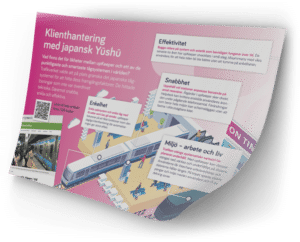If upKeeper were a train network, it would be Japanese
What are the similarities between upKeeper and one of the most punctual and efficient train networks in the world? The Swedish Transport Administration took a field trip to Tokyo to discover the secrets of the Japanese train network. They found solutions that were not primarily high tech, but rather, fast, simple and effective. Just like upKeeper!
I recently heard a radio broadcast about the Japanese train network. The Swedish Transport Administration had sent an engineer to Tokyo to see why the Japanese trains are so punctual. Many people have probably heard about the Shinkansen express trains and their famous punctuality and efficiency. But even older and slower trains proved to be at least as reliable. And this was no thanks to any advanced technology, but rather to a well-conceived and tried-and-tested system that was honed to perfection through small iterations. But since so many people travel by train every day, even the small improvements have a major impact on society.

This is similar in many ways to how we work with upKeeper. It may sound far-fetched, but hear me out: we use our computers every day and we have to be able to trust that they work and take us through the workday, just as passengers need to rely on trains to take them from point a to point b. We should not have to worry about delays in the form of a software update that freezes the computer and half an hour of the workday is lost.
“…we use our computers every day and we have to be able to trust that they work and take us through the workday, just as passengers need to rely on trains to take them from point a to point b”
Håkan Juthberg, Business Manager at upKeeper

The Japanese train network is based on simple technology. Okay, the new Shinkansen ALFA-X trains that can reach speeds of up to 400 km/h are definitely high-tech, but the architecture of the train network has a simple design. And a simple design is something we want to permeate upKeeper. We strive for as few mouse clicks as possible and to minimize menu diving. At times, it feels like some manufacturers want to add as many features and options as they possibly can. But if it is too complicated to perform certain actions, you easily forget the correct way of doing them and they remain undone. With a simple design, the system is easy to learn and use. It lets you do more and help more users in less time, and the knowledge is not limited to a group of experts in the IT department.
With clear markings on the platform, the Japanese train passengers know where to stand to end up in front of the right door to the right carriage. Therefore, the Japanese trains only stay exactly as long as needed at each station. When a user in an upKeeper system calls for support, he or she can get help directly and does not have to wait in an unpredictable request queue, which is often the case with our competitors. Each command sent via upKeeper takes a maximum of two minutes to take effect on the receiving device. The user can quickly get help and continue his workday.
Another success factor in the Japanese train network is that it shuts down for maintenance at night. Similarly, you can schedule nighttime updates with upKeeper. And when the updates are installed, the computers automatically shut down for the rest of the night, which benefits both the wallet and the environment. This means that your “passengers” are not disturbed by unnecessary interruptions during the day, and always come to work greeted by a fresh and updated computer.
Download our upKeeper vs Train comparison infographic (Swedish only)
Download this fun and a little thought provoking infographic on the similarities between upKeeper and the Japanese train network. Click the image or here [pdf].
